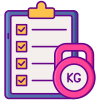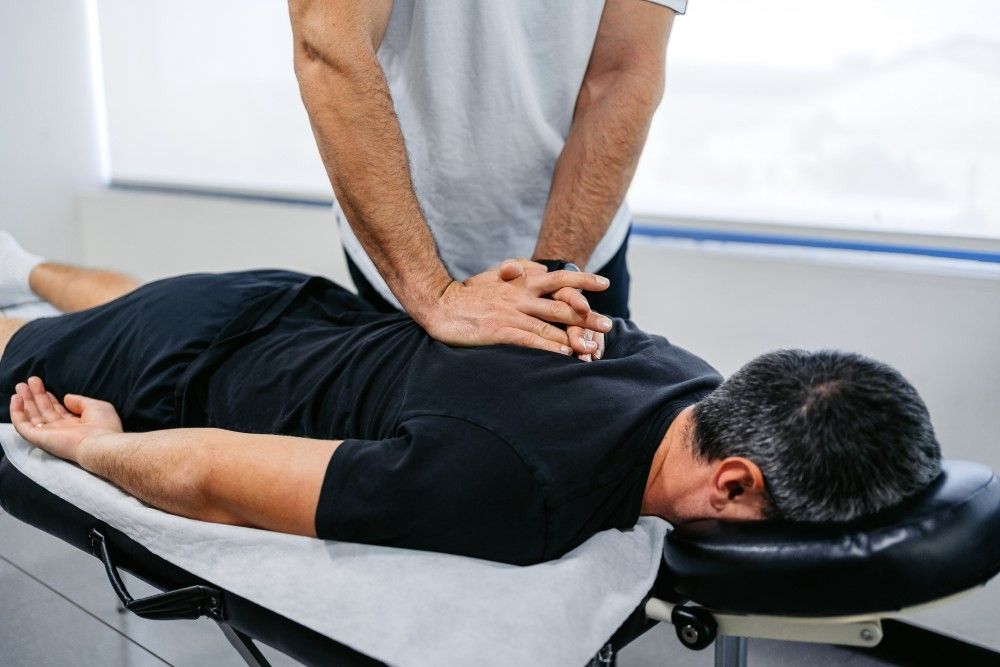When it comes to fitness recovery, many people turn to various methods such as stretching, foam rolling, and ice baths. However, one often overlooked tool in the recovery process is massage. Massage therapy has been used for centuries to promote relaxation, reduce muscle tension, and improve overall well-being. In the realm of fitness, massage can play a crucial role in accelerating recovery and enhancing performance. Let’s explore how massage can benefit athletes and fitness enthusiasts alike.
Benefits of Massage in Fitness Recovery
There are numerous benefits to incorporating massage into your fitness recovery routine. Some of the key benefits include:
1. Improved Circulation
Massage helps to increase blood flow to the muscles, which can aid in removing waste products and delivering nutrients to the muscles. This enhanced circulation can help to reduce muscle soreness and speed up the recovery process after a tough workout.
2. Decreased Muscle Tension
Regular massage can help to release tension in the muscles, allowing them to relax and recover more effectively. This can also help to prevent injuries and improve overall flexibility and range of motion.
3. Enhanced Relaxation
Massage can promote deep relaxation and reduce stress levels, which can be beneficial for both physical and mental recovery. A relaxed body and mind are better able to recover from intense workouts and perform at peak levels.
4. Pain Relief
Massage can help to alleviate muscle pain and discomfort by targeting specific areas of tension and promoting healing. This can be especially beneficial for those dealing with chronic pain or injuries.
Types of Massage for Fitness Recovery
There are several different types of massage that can be beneficial for fitness recovery. Some of the most common types include:
1. Swedish Massage
This gentle form of massage is great for promoting relaxation and reducing muscle tension. It involves long, flowing strokes that help to improve circulation and release stress.
2. Deep Tissue Massage
Deep tissue massage is ideal for targeting specific areas of muscle tension and promoting deep relaxation. This type of massage can be intense, but it can provide significant pain relief and promote faster recovery.
3. Sports Massage
Sports massage is specifically designed for athletes and fitness enthusiasts. It focuses on improving flexibility, preventing injuries, and enhancing overall performance. Sports massage can be tailored to the individual needs of the athlete and is often used as part of a comprehensive training program.
Integrating Massage into Your Fitness Routine
If you are interested in incorporating massage into your fitness recovery routine, there are a few key steps to consider:
1. Consult with a Licensed Massage Therapist
Before starting a massage regimen, it’s important to consult with a licensed massage therapist who can assess your individual needs and recommend the best type of massage for you. They can also provide guidance on frequency and duration of massage sessions.
2. Schedule Regular Massage Sessions
To truly reap the benefits of massage, it’s important to schedule regular sessions. Depending on your fitness goals and recovery needs, you may benefit from weekly or bi-weekly massages. Consistency is key when it comes to maximizing the benefits of massage therapy.
3. Combine Massage with Other Recovery Methods
While massage can be a powerful tool for fitness recovery, it’s also important to incorporate other recovery methods such as stretching, hydration, and proper nutrition. By combining massage with these other practices, you can optimize your recovery and performance.
In conclusion, massage therapy can be a valuable asset in your fitness recovery arsenal. By improving circulation, reducing muscle tension, promoting relaxation, and providing pain relief, massage can help you recover faster and perform at your best. Whether you’re a seasoned athlete or a weekend warrior, consider integrating massage into your fitness routine to see the benefits firsthand.

